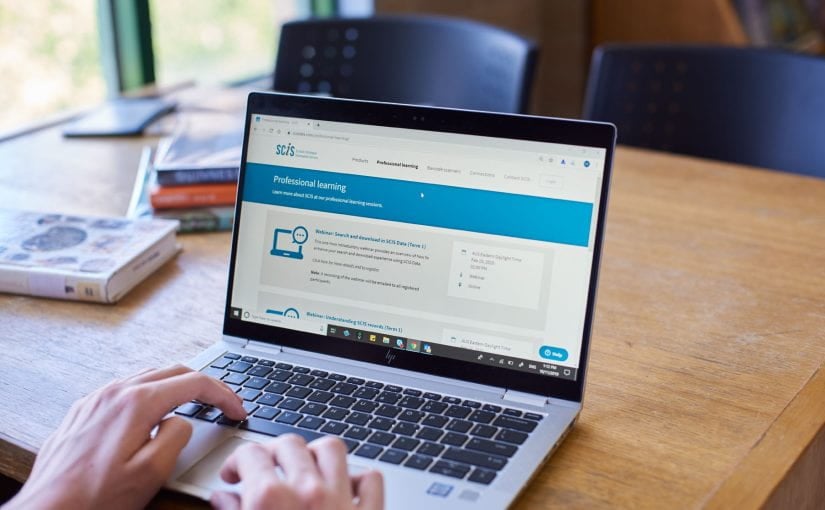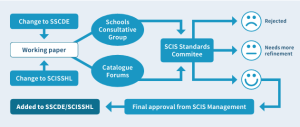Additions to the SCIS subject headings are made through a detailed process of consultation to ensure they are as appropriate as possible.
The lifecycle of a new heading begins with an idea. Suggestions for new headings can come from teachers or librarians in schools, from changes in the curriculum or from cataloguers. They can be prompted by technological change, social change or changes in accepted terminology or language.
Once a new heading is proposed, the first step is to write a working paper. This starts with a detailed rationale for the new or changed heading. We count the number of records in the SCIS database that use the term to determine how common it is and provide a dictionary definition for clarity.
The structure of the new heading is laid out: ‘Broader terms’ and ‘Narrower terms’ are identified and ‘Use for’ references are indicated, where appropriate. The heading may also include a clarifying scope note.
The working paper will then detail the existing reference structure in the SCIS thesaurus and determine how the new term would be integrated.
The completed working paper then starts its rounds of consultation. Papers are discussed at SCIS cataloguer meetings in Victoria and New South Wales. Once any suggested changes have been made, the papers are discussed at meetings of external cataloguers who contribute to the SCIS database. Papers are also assessed by a group of school librarians and teachers.
When all stakeholders have been consulted, the opinions of each group are collated and presented at a quarterly meeting of the SCIS Standards Committee, made up of representatives from each team that contributes to SCIS. Each paper is presented and discussed in detail, and then voted on for inclusion in the database. If the paper is accepted, the new term will be added. If the paper is rejected, it may be revised and presented again at a later date, or rejected as unnecessary. Papers may go through several iterations before the new heading is finally accepted for inclusion.
Example of a new SCIS subject heading
Key
- BT – Broader term
- NT – Narrower term
- RT – Related term
- UF – Use for
- SN – Scope note
- SEN – Special example note
- In – Indexing note
Heading
Sleepovers
SN Use for works about school-age or younger children sleeping over at another person’s home.
- UF Sleep overs
- UF Sleep-overs
- UF Slumber parties
- BT Sleep
- RT Bedtime
- RT Amusements
- RT Children’s parties
Find out about new subject headings recently added to SCIS:


